Agile design methods are powerfully simple techniques and leadership skills that make process design conversations flow with better collaboration and results. When considering how to get from understanding a problem to designing and delivering a solution, the process is a predictable set of conversations that inform every step along the way from ideation to delivery. Getting "from-concept-to-market" faster and more effectively yields competitive advantage as well as a solution more likely to resonate with the people who will ultimately buy or use it. The concepts described herein apply whether your field of endeavor is operational excellence or product development. As an organizational leader facilitating efforts to improve a process or product manager engaging your design team, you face predictable challenges when moving from some vague notion of a concept to actually designing the solution. Here are some aspects that affect your future state design process:
A Solution-Oriented Conversational Framework
Early conversations focus on Why and What:
Latter conversations focus on How:
This approach lends itself to introducing the right conversation at the right time. Conversation #1: Learning and Discovery The scope of this conversation pertains to the understanding of the problem. This conversation is in scope of agile design methods. Allow the voice of the people who are experiencing the problem(s) to inform this conversation. Listen and learn and document that learning to describe what each problem looks like and summarize them in problem statements in addition to statements of what is working well. Document this learning and discovery conversation to inform the future state design conversation. Decide whether or not to proceed to a future state design conversation. Conversation #2: Future State Design The scope of this conversation pertains to the describing the ideal solution. This conversation is in scope of agile design methods. Allow a dedicated and accountable group of contributors to inform a conversation around describing "what" the ideal solution looks without describing "how" the solution will be implemented. The descriptive language is free from any implementation jargon and focuses on delivering a clear description of the envisioned solution that may include process definitions, key solution deliverables, user experience criteria, risks, issues and opportunities. Document this future state design conversation to inform the solution development conversation. Decide whether or not to continue to a solution development conversation. Conversation #3: Solution Development The scope of this conversation pertains to designing and developing the solution. This conversation is out of scope of agile design methods. Allow a dedicated and accountable group of designers and architects to inform a conversation that describes "how" the ideal solution will be implemented. The descriptive language is rich in implementation detail. It may provide design alternatives that provide varying degrees of cost, risk, time, return on investment, etc. Decisions are made regarding design alternatives and leading to the actual development of a solution. Document this solutions development to inform the solution delivery conversation. This conversation is out of scope of agile design methods. Conversation #4: Solution Delivery The scope of this conversation pertains to the delivery and support of the solution. This conversation is out of scope of agile design methods. Allow a dedicated and accountable group to inform a conversation that oversees the delivery of the solution. This includes launching and promoting the solution as well as supporting it and providing user experience feedback to inform solution improvement efforts. Agile Design Methods Describe What Not HowAgile design methods are those techniques and leadership skills that enable a future state design process characterized by high velocity, collaborative engagement and clarity of ideation. The resulting design is typically produced at a lower cost than traditional methods with a high degree of precision and improved stakeholder engagement and satisfaction. The outputs of these conversations intentionally stop short of designing the implementation, They describe what the problems are and what the ideal solution qualities look like. This informs solutions architects and designers who are responsible for determining how to design the solution and the production/development teams that will deliver it. Agile Design Methods: The What Perspective Agile design methods, as quickly as practically possible, describe what is envisioned to be an ideal process or solution. They produce ideation deliverables that describe what the problems are and what the ideal solution qualities look like. Exercising this type of "Design the What" discipline respects a separation of concerns between the market problem definition and the solution design definition. It informs the solution designers and architects who are responsible to "Design the How" of the solution under discussion. At the time of this writing, the phrase "agile design methods" is not widely used or understood. Agile Development Methods: The How Perspective In contrast, agile development methods, as quickly as practically possible, define how to architect the solution and then proceed in building and delivering that solution. They produce deliverables that describe how the solution is to be implemented and they produce the actual solution. At the time of this writing, the phrase "agile software development" is commonplace and is routinely associated with the word "agile". Agile Design Methods: Subscribe for "How To"The purpose of this primer has been to establish a foundation of a conversational framework that provides context as to where agile design methods fit in an overall solution development life cycle.
It sets the stage for further elaboration on topics related to agile design methods, collaborative creativity, product development and user experience. - Chuck Subscribe to my free blog updates to receive content that vividly describes the techniques and leadership skills that embody the practice of agile design methods. The blog contains not only my ideas on the topic, but the insight of others who actively work and thrive wholeheartedly in the realms of collaborative creativity. I look forward to you joining us. It's going to be quite a journey.
0 Comments
As a facilitator leading a collaborative group in pursuit of a solution, the misunderstanding of words surfaces time and again as a velocity-killing pitfall. Ambiguity and uncertainty impede progress, whereas clarity and sureness accelerate it. Here is a simple and effective technique that I use to help avoid this predictable pitfall in the collaborative process. Risks and Delays Result from a Lack of ClarityTo describe this pitfall, imagine that you are leading a series of working meetings comprised of a dedicated group of people who meet regularly. You all are tasked with designing a solution to a problem and communicating it to stakeholders at specific points in time to vet and approve your design. Here are a few examples of what the pitfall might look like:
Be Intentional: Build a Glossary
However, in my experience, having a glossary available to collaborators is worth the effort because it serves as an accelerator an work effort accelerator whereas the absence of a glossary causes delays and other negative side-effects.
Here is an approach I use and recommend while facilitating collaborative meetings;
Making your glossary accessible to all stakeholders provides a clarifying reference resource that accelerates understanding and positively affect the progress of your collaborative work effort. I hope this has been a helpful perspective for you. - Chuck Subscribe to my free blog updates to receive content that vividly describes the techniques and leadership skills that embody the practice of agile design methods. The blog contains not only my ideas on the topic, but the insight of others who actively work and thrive wholeheartedly in the realms of collaborative creativity. I look forward to you joining us.  When asked authentically, this three-syllable question creates connectedness, trust and understanding with anyone, even a person you have just met. This matters because empathy, the ability to understand and share the feelings of others, is an essential ingredient in the process of designing solutions for people. How can we understand how others are feeling unless we ask? Asking the question unlocks the potential to observe problems that would otherwise go unobserved. This is a gold mine of understanding for solutions designers. "How's Your Day?"So, I routinely ask this question of people because:
So often, our daily existence and interactions are framed by disconnectedness and distrust. Asking this question to someone else is so counter-cultural. Consequently, it produces a measurable shift in the environment and it creates a sense of trust and connectedness. One of my favorite contexts to ask the question is while getting things done on the phone, standing in line or chatting online.
Try It and SeeUnderstanding how people in the world are feeling is easy. Just ask them. They'll tell you. Listen to them and learn what problems they are experiencing. It will inform your design decisions.
When the woman you are talking with senses that you care enough about her to ask how her day is going, it breathes fresh life into the conversation, even if she is having a bad day. Somehow when you care enough to ask, it reaffirms her humanity and causes her to reflect on how she's feeling. If we, as solutions designers, practice this kind of authentic caring, listening and learning on an ongoing basis, we tap into a limitless supply of priceless insight for free by simply exercising a common courtesy towards another person. Your empathy for people and willingness to be vulnerable enough to go there immensely affect your solution design. - Chuck Subscribe to my free blog updates that contain not only my ideas on the topic, but the insight of others who actively work and thrive wholeheartedly in the realms of collaborative creativity. I hope you'll get a lot of benefit from it.
Designing a solution without knowing what problem you're solving leads to this.
This is classic. I'll let the statement made stand on its own.
I've been there, done that! How about you? - Chuck Subscribe to my free blog updates to receive content that vividly describes the techniques and leadership skills that embody the practice of agile design methods. The blog contains not only my ideas on the topic, but the insight of others who actively work and thrive wholeheartedly in the realms of collaborative creativity. You just might benefit from joining us. As operational excellence professionals and solutions designers, we face the inevitable challenges of leading a series cross-functional working meetings. These meetings exist for a distinctive purpose and must be run in a distinctive way. They can either be great or they can be like Kryptonite. Typically these meetings are comprised of people who represent their respective function in the organization and we are the designated leader. The corporate champion of the cross-functional effort deems this group a "team" at a kick-off meeting and routinely vanishes, as she should, for the duration because of more pressing executive priorities. Team? Hardly. The reality is that at the onset the newly formed ensemble of free-agents is anything but a functioning team. This particular group has never worked together before. The aspirations of the effort rest on the shoulders of the leader at the onset. As the person leading this effort, it is imperative to address the immediate challenges to build and maintain engagement while actually getting things done. Wholehearted Meetings: The Buzzing of the Hive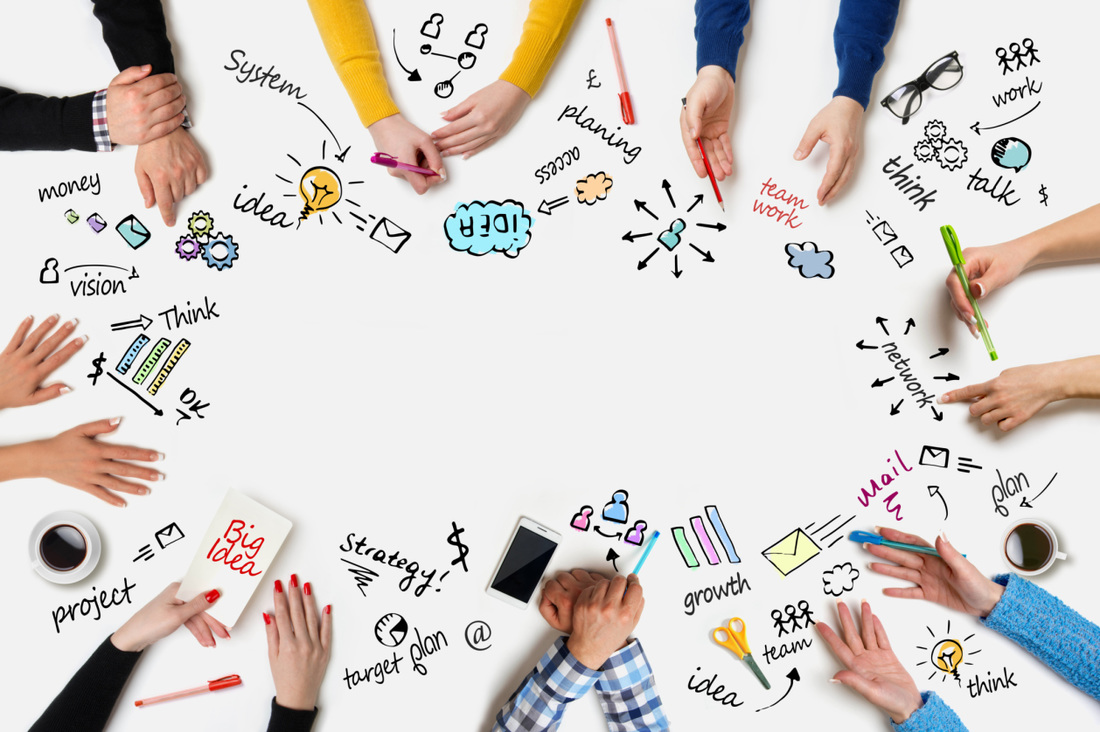 The ideal meeting is characterized by full engagement. You know it when you see it and it's a delight to lead and participate in meetings where you see people.
The tone of the meetings are characterized by a wonderful "buzzing of the hive" quality, as my friend and ally Gary Evans refers to it. I love these meetings. Half-Hearted Meetings: The DirgeIn contrast, the other kind of meeting is sheer drudgery and you can recognize it when you see people:
These meetings are agonizing. I would rather rush out on the campus lawn and empale myself prostrate on a sprinkler head than to have to lead or be part of these kinds of meetings. Really. Key Ingredients That Affect Team EngagementAs a leaders of these work efforts, we must do everything that we can to shift the atmosphere of these meetings. I offer the following key ingredients that a leader must intentionally manage in the meeting experience in order to get the design flywheel spinning:
These sound like platitudes. But, the responsibility is on us as leaders of these cross-functional work efforts to conduct them in a way such that people contribute their best and so that the organization benefits, learns and adapts from the work done by the group. Suggestions for How To LeadThere is no one silver bullet, however, over the years, I have developed a variety of techniques that have proven to contribute to a trusting, fun and higher-velocity meeting environment. Some of these might work for you. Things To Say (At the Onset and Often)
Things To Have
Things To Do
What's In Your Bag of Tricks?If you have found this to be helpful, have a comment, or if you have other ideas for that make for exceptional cross-functional meetings, I would love to hear from you.
- Chuck Subscribe to my free blog updates to receive content that vividly describes the techniques and leadership skills that embody the practice of agile design methods. The blog contains not only my ideas on the topic, but the insight of others who actively work and thrive wholeheartedly in the realms of collaborative creativity. I look forward to you joining us. It's going to be quite a journey.
Nestled in each of these statements is a description of the motivation for the envisioned change or needed solution. The envisioned end result exists to bring about some desired future state. Captain Obvious stuff, for sure. However, my guidance is directed at the more fledgling officers who so easily and routinely fall into the following easily avoidable pitfall. Beware: The Pitfall of Using Solution Language
Now, consider the following cross-checking questions as it pertains to these statements:
Now, imagine you are a solutions designer trying to solve for one statement or the other. Exactly. A designer's choices are severely limited by statement #1 whereas statement #2 leads to further exploration in discovering important notions that drive design clarity:
Understanding "Why" Matters More Than Describing "How"
Users want solutions that cater to them. If you bring them a solution that does not respect who they are, it will not resonate with them and will ultimately not be a viable solution to their problem.
Solution designers want a clear description regarding the problem, who it affects and what the envisioned benefits of the ideal solution entail. Thy need this so that they can define a solution with respect for who it is for and how it affects them. If you bring them a solution statement, you have disrespected their opinion. Don't disrespect users and solution designers by leading them by the nose to your envisioned solutions. - Chuck Subscribe to my free blog updates to receive content that vividly describes the techniques and leadership skills that embody the practice of agile design methods. The blog contains not only my ideas on the topic, but the insight of others who actively work and thrive wholeheartedly in the realms of collaborative creativity. I hope you'll join us.
So, What's the Problem?
When organizational leadership mandates transformational change from on high at an accelerated pace, it often does so without respecting the complexities required to describe the problem space and design the solution. The resulting underestimation of effort creates a pressure cooker atmosphere for those tasked with designing and creating the future state in a hurry. The resulting solution design efforts are staffed and funded with fewer resources with a shorter window of opportunity to define and describe the ideal future-state process design. What's In Your Agile Designer Toolkit?
The demand for accelerated change is pervasive. Responding to it requires an effective, efficient means of defining the problem space so that solution designers can create a future state solution that delivers value by actually solving the problems people are experiencing.
This is the context in which the spirit of agile design thrives. As a business analyst or solutions designer operating in this space, it requires an approach where defining the problem and designing the solution need to be done with a minimalist's acumen. Developing an agile design perspective and related set of techniques, rituals and practices really helps in this future-state design wheelhouse. So, I'm reaching out to my fellow practitioners. What's it like in your world? What's in your agile designer toolbox? How's it working for you? I look forward to hearing from you. - Chuck Subscribe to my free blog updates to receive content that vividly describes the techniques and leadership skills that embody this practice of agile design methods. The blog contains not only my ideas on the topic, but the insight of others who actively work and thrive wholeheartedly in the realms of collaborative creativity. Join us for the journey. |
Learn the Art of
Successful Agile Design
About Chuck Boudreau(boo'-dro) - I help people design solutions collaboratively using agile design methods. I have 30+ years of experience in designing software solutions and business processes, leading cross-functional process improvement teams as a business analyst, and helping product managers define and position products using Pragmatic Marketing. I am passionate about user experience design, dog training, beating drums in musical ensembles and collaboratively creating solutions with people.
Archives
April 2018
Categories
All
|
||||||||||||||||||||||||||
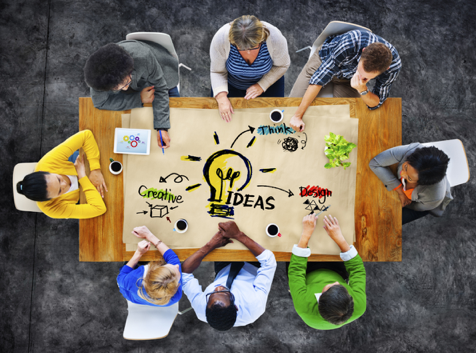
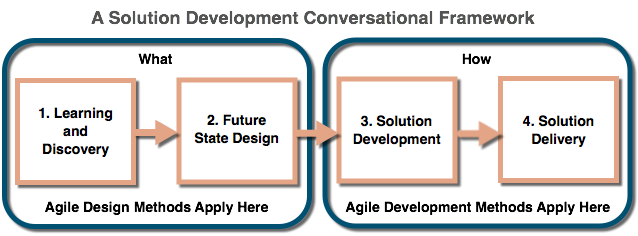



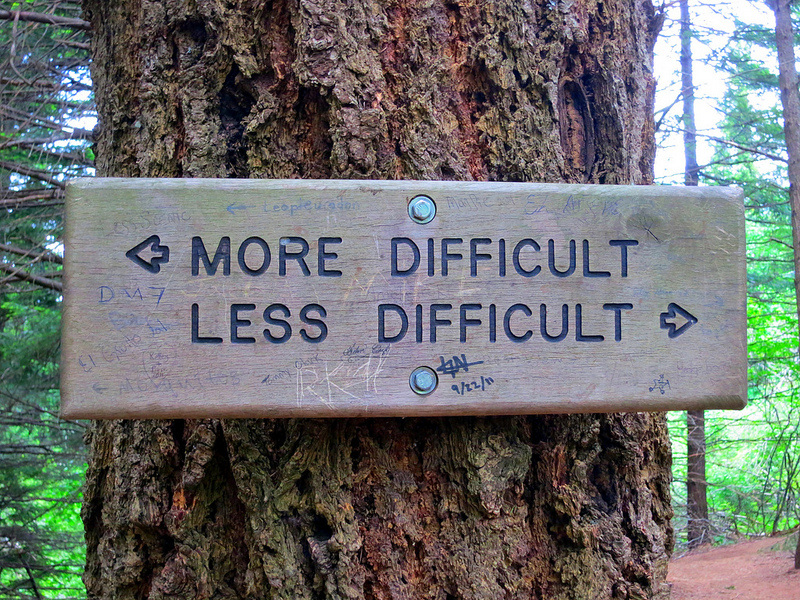
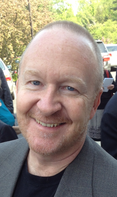
 RSS Feed
RSS Feed